Our goal is to facilitate access to the digital copies in our Collection for anyone interested. In a legal sense, however, these copies appertain to the libraries who own the actual manuscripts or printed books. For this reason, the Collection may only be used by private persons for research purposes, copying its contents, or making it accessible by others is forbidden and pictures taken from them may not be published either electronically or in print. We would sincerely appreciate if those who use this Collection remember to mention this in their publications.
The purchase of the elements of this growing collection was made possible first by the OTKA project numbered K 78680 (“Középkori pontifikálék Magyarországon”, that is “Medieval Pontificals in Hungary”) then by the project numbered K 109058 (“A nyugati liturgia változatainak kutatása”, that is “Study of the Variants of the Western Liturgy”).
See further info about the collection →here.
Users may orientate themselves with the Collection’s catalogue which is a Microsoft Excel spreadsheet, in a 10 point Calibri style font, except for the centred, bold column headers As the collection expands, the online catalogue is updated on a monthly basis. The purpose of this catalogue is to make the available material more easily organisable and searchable from relevant and standardised aspects. The catalogue is in English, only proper names and parts taken from the original sources are in Latin or some modern (vernacular) language. If certain data exists theoretically, but is unknown to us, a question mark in parenthesis (?) is used. The same symbol also follows hypothetical or unverified data or data of uncertain authenticity. If data is not simply unknown but objectively inexistent, it is signalled with an — within the cell.
See further info about the catalogue →here.
Orientation within a single source and the comparison of several sources are assisted by an index which is provided in a Microsoft Excel spreadsheet, in letters that correspond to the catalogue. As the sources are duly processed, the index will be refreshed on a monthly basis, or even more frequently. The index is meant to help the researcher understand what is contained in each source, how to reference its content in a uniform manner, and how to find particular Ordos. This is especially helpful with ceremonies of the Pontifical and the Ritual because the particular order and number of ceremonies included vary considerably.
See further info about the index →here.


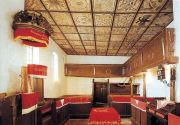



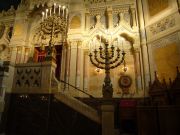
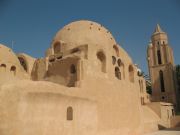
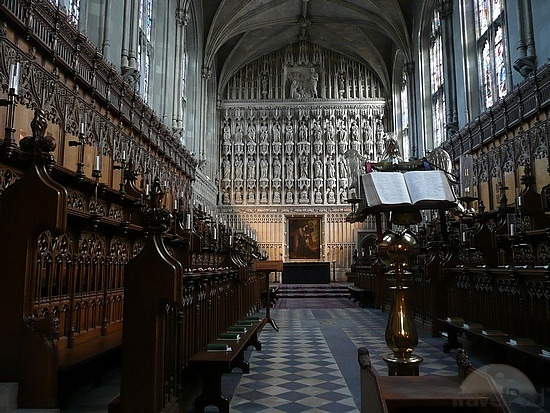
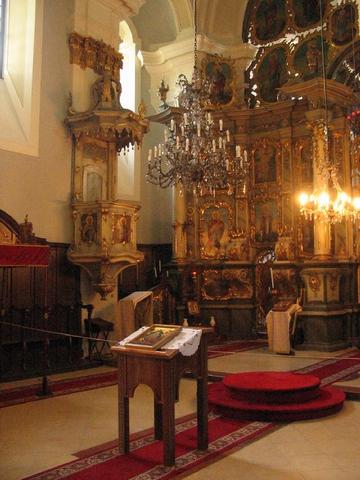
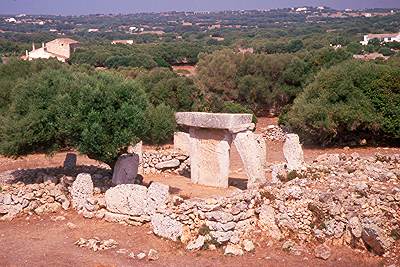
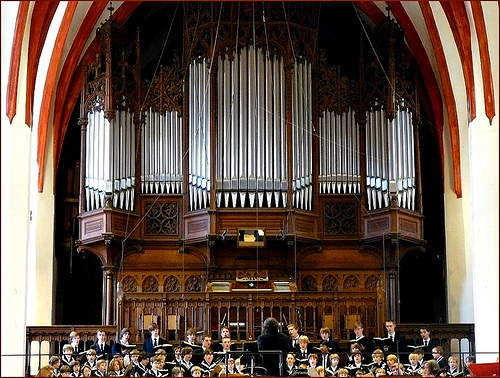
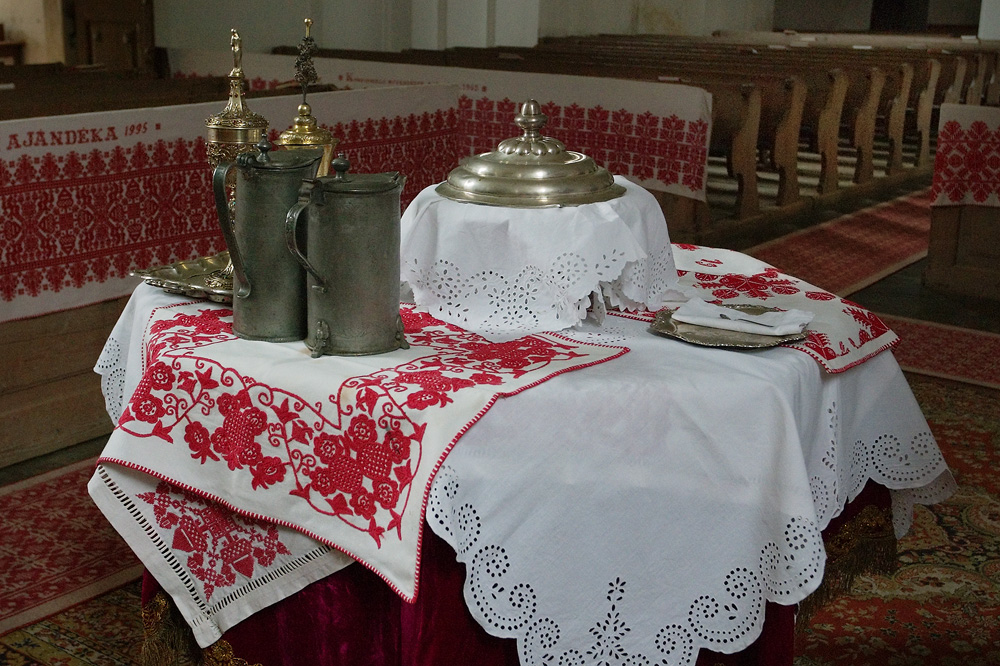
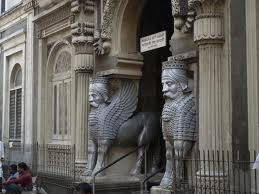
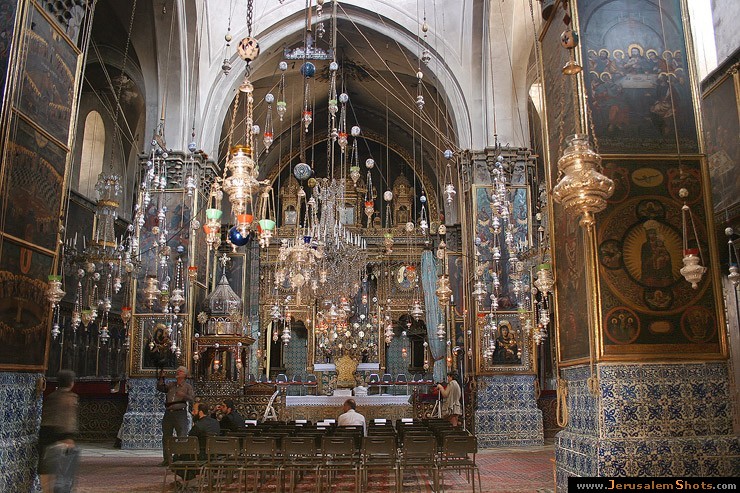

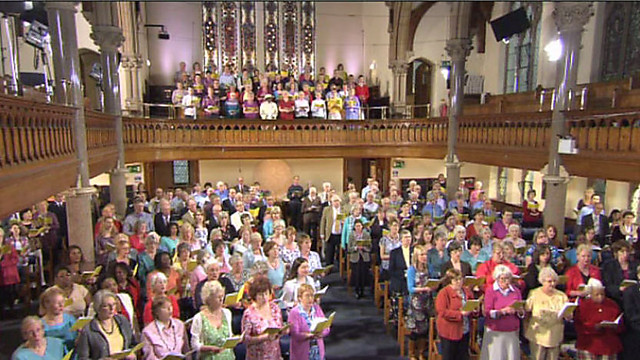



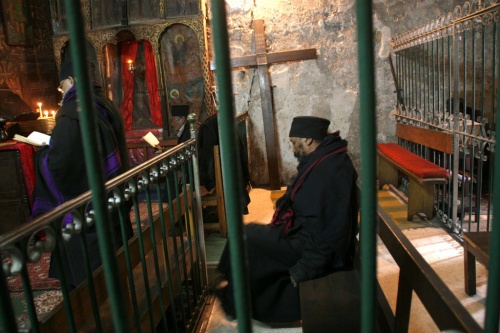
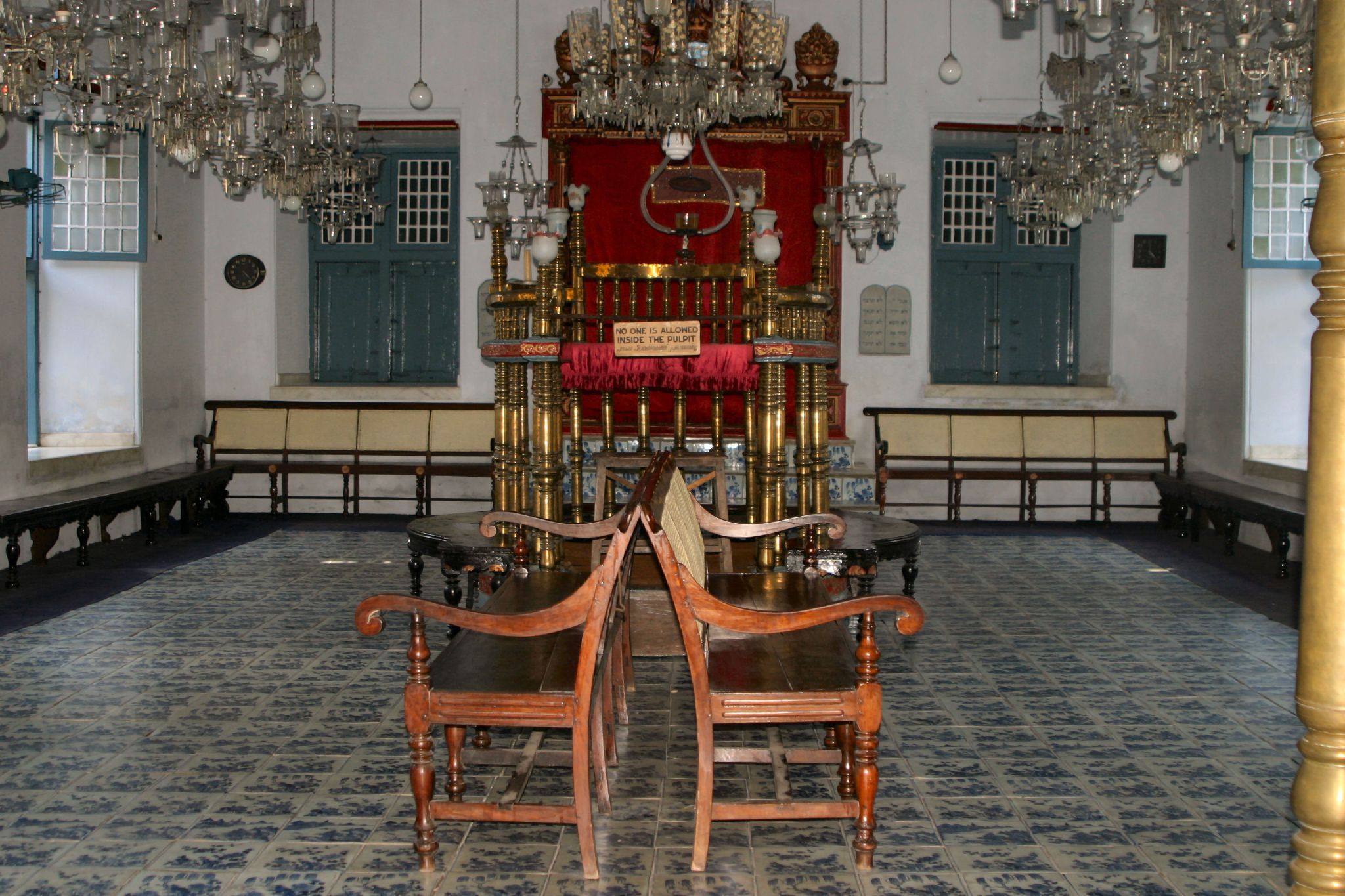

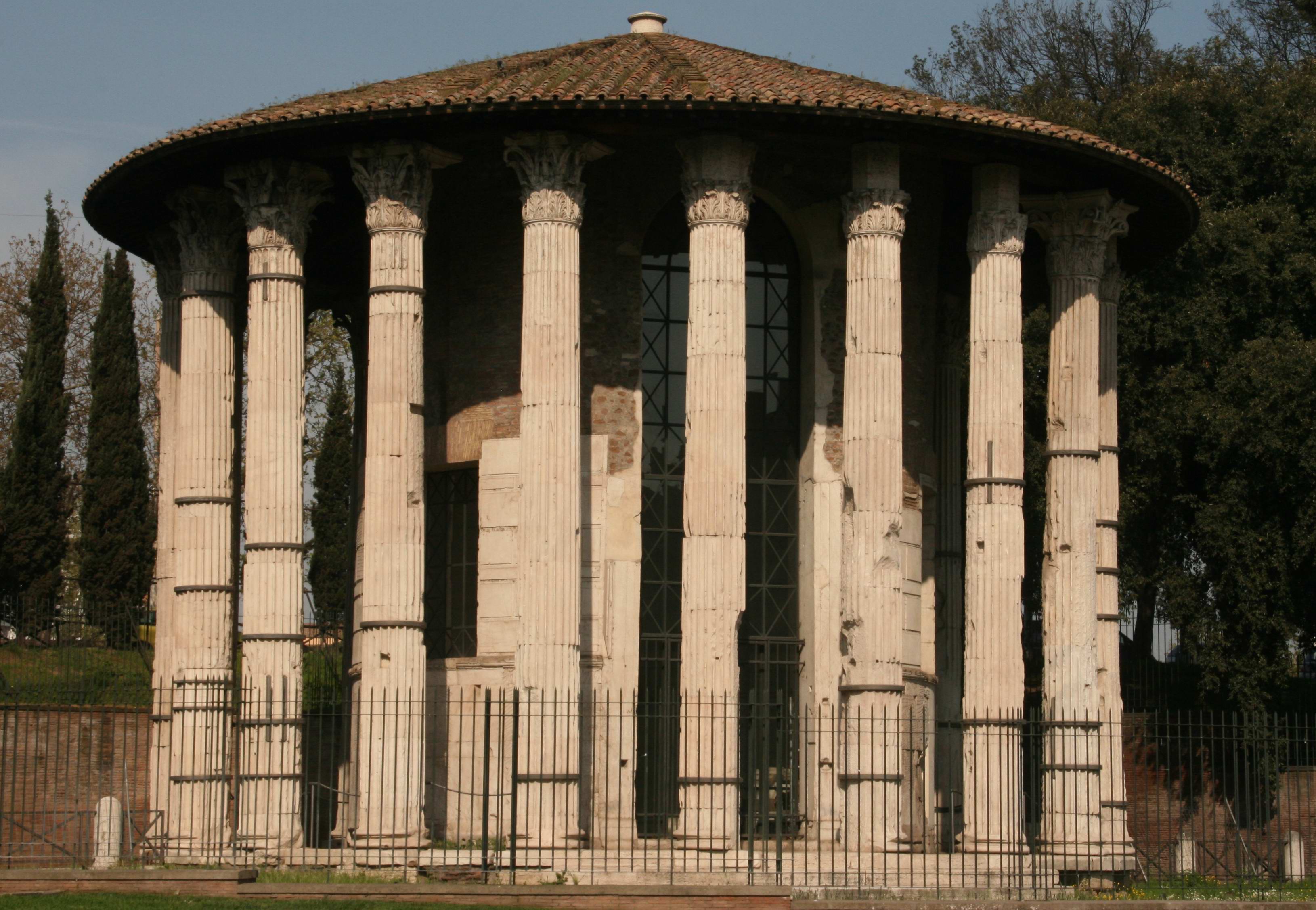




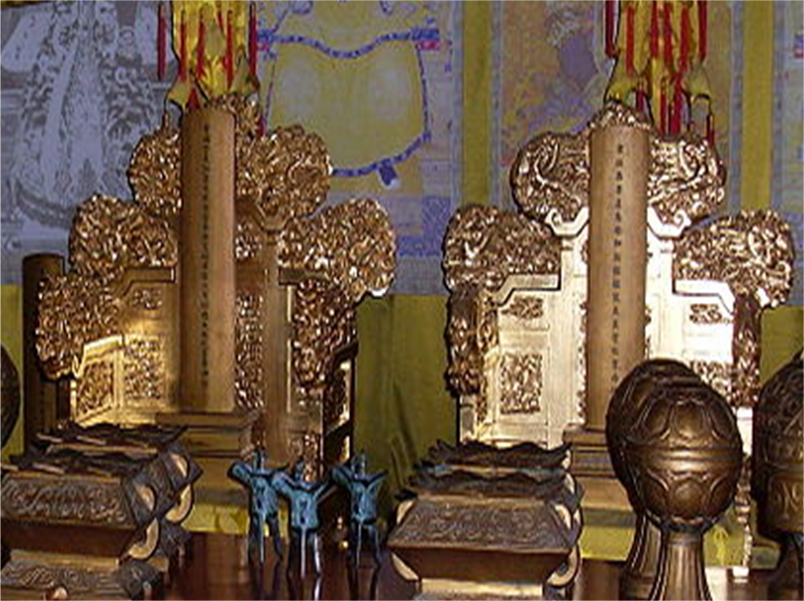

Új hozzászólás